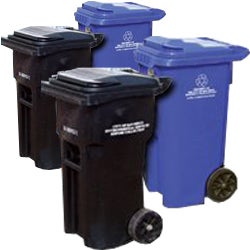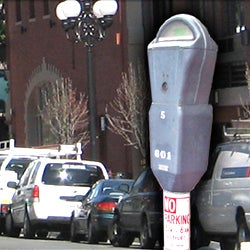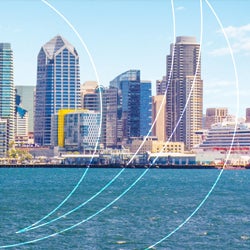Policies
The following policies apply generally to any building or site (except single family or duplex dwellings). With the exception of the policies that are specific to certain occupancies or the use of hazardous materials, the policies relate to fundamental issues of access for emergency personnel and fire protection.
Carbon Monoxide Alarms California's Carbon Monoxide Prevention Act requires California homes to have carbon monoxide devices.
Corridors: Storage Restrictions Storage is normally not allowed in exit corridors. This policy explains circumstances where it might be allowed.
Disrupted Service - Fire Protection Systems When a fire protection system is out of service, a fire watch may be required. See the policy for details applicable to different occupancies and notification numbers for San Diego Fire-Rescue Department.
Fire Access on Public Roadways A fire lane is required on existing public roadways if it is determined a distinct hazard to life or property exists.
Fire Access Roadways A fire lane is often required when buildings are located a distance from the public road. Usually this is designated when the building or complex is built. Fire lanes may also be found on streets when the road width limits access for emergency vehicles.
Fire Extinguishers In buildings where fire extinguishers are required by the California Fire Code, the Code sets out specific regulations about the type, mounting and labeling of the extinguisher.
Fire/Harmful Gas Alarm System Permits The process for administering the Fire/Harmful Gas Alarm System permits, and how and when penalty mitigation would be appropriate.
Fire Hydrants This policy clarifies the requirements for private fire hydrants providing the required water supply for buildings and facilities.
Flammable Containers This policy is intended to clarify the types of containers allowed for the storage of Class I flammable liquids and the maximum allowable container size
Hazardous Materials Identification Signs When hazardous materials are stored in a building, signs identifying the material are required. This policy explains the types of signs and when and where a sign is required.
Hazardous Materials Inventory Reporting This policy establishes the requirements for hazardous materials reporting using the Fire-Rescue Department's Form FPB-500 - Hazardous Materials Information
Illuminated Directory This policy applies to new multiple-unit complexes and, on a case-by-case basis, to existing complexes. In large complexes, a directory is provided at the entrance to clearly indicate where each building, by address, is located. In new complexes with more than one entrance, two directories are required.
Knox Box Requirements and Procedure for Ordering When access to a building is difficult, a KNOX Box is appropriate. It is a secured box, installed near the entrance to the building, that only the fire department has access to. The KNOX company also makes KNOX switches which allow emergency vehicle access through a gate.
Knox FDC Locking Caps This policy establishes the guidelines for obtaining Knox FDC Locking Caps where required for new or existing buildings with fire department connections.
Modified Roadway Surfaces This policy establishes procedures and standards for all-weather access roads for Fire-Rescue Department vehicles when modified access road materials are used.
Recreational Fires - Explanation of state fire codes regulating open, recreational fires.
Sky Lanterns This policy explains the prohibition on the use of "sky lanterns".
Temporary Occupancy Load Increase This policy clarifies the procedures for obtaining a temporary increase in occupant load in a building not classified as a public assembly under the California Building Code























